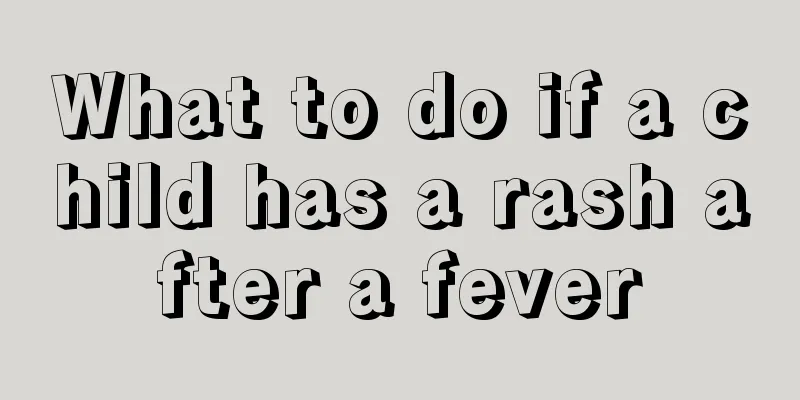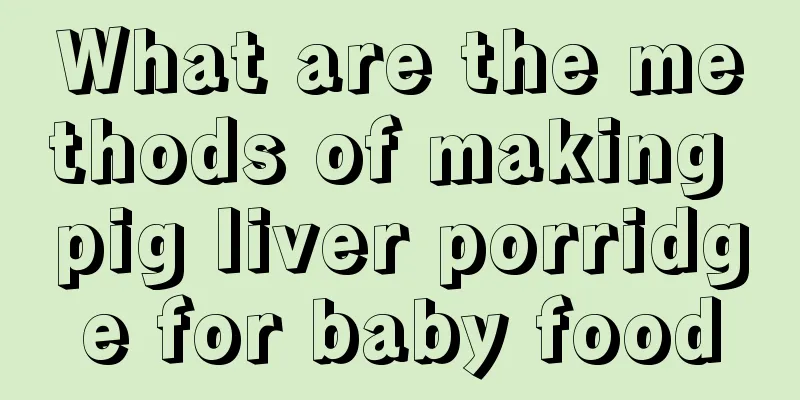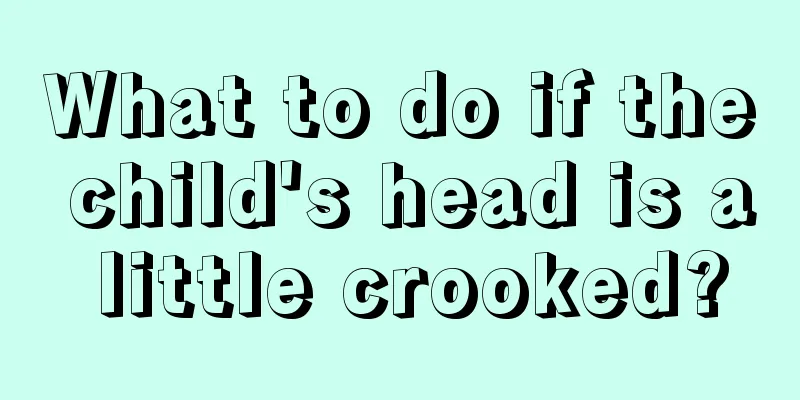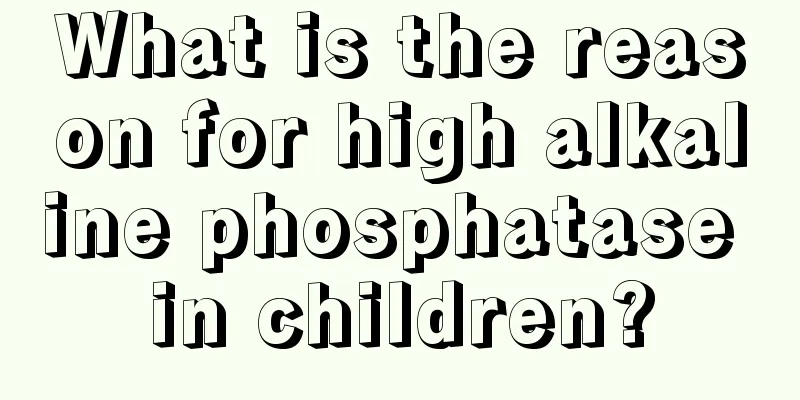What to do if a child has a rash after a fever

|
Children between the ages of one and three may have an emergency visit to the pediatric department, and some may have one every year. The initial symptoms are colds and unexplained fevers that never exceed 40 degrees. As the high fever persists, small rashes will appear on the body after a few days that are densely itchy and very uncomfortable. Baby rash after fever When a baby develops a rash after having a fever, it is medically called roseola infantum. Roseola infantum, also known as fever rash or roseola, is a sudden rash caused by a viral infection. It can occur throughout the year, but is more common in spring and autumn. The incubation period of roseola infantum is approximately 10-15 days. Although it is a contagious disease, it is very safe and will not spread as widely as measles or chickenpox. The chance of family members being infected at the same time is low. Roseola infantum mostly occurs in infants and young children aged 6 to 18 months. The disease often develops suddenly, with a rapid rise in body temperature, usually between 39°C and 40°C. Severe patients with high fever in the early stages may have convulsions, and some may experience mild runny nose, cough, eyelid swelling, and conjunctivitis. During the fever period, there are symptoms such as poor appetite, nausea, vomiting, mild diarrhea or constipation, as well as congestion in the pharynx and swollen lymph nodes in the neck. After three to five days of fever, the body temperature drops suddenly. After the fever subsides, the child may develop light red macules or maculopapules of varying sizes all over the body, starting from the chest and abdomen and quickly spreading to the whole body. At this time, the child's fever has subsided and he can fall asleep peacefully. This is medically called "fever rash", which is a unique manifestation of roseola infantum. Symptoms of rash after fever in baby There are two stages of rash after a baby has a fever. After a latent period of 5-15 days, the following symptoms will appear: 1. The body temperature reaches 39-40℃, but the child is in good condition. 2. Sometimes high fever convulsions occur, but some children also have symptoms such as cough, swollen lymph nodes in the neck, and ear pain. The second stage begins about 4 days after the onset of the disease. The symptoms at this time are: 1. Body temperature quickly returns to normal. 2. Small, clear pink spotted rashes appear, mostly on the head and trunk, and may last for about 4 days. |
<<: What should I do if my baby has too much moisture in his body?
>>: Rash after leprosy vaccination_Rash after leprosy vaccination
Recommend
Symptoms of uremia in children
Children are a large part of our society, but bec...
What medicine should children take if they catch a cold and have a fever?
The weather outside is sometimes good and sometim...
One year and ten months old baby intelligence
When a baby is just born, its brain is not fully ...
How to use ear drops for children?
Children are a group with a high incidence of ear...
What should I do if my baby has phimosis? These methods solve
If a child is found to have phimosis, there are c...
What are the dangers of antibiotics to babies?
Children generally have low resistance, and they ...
What to do if your child keeps coughing
Coughing is a common phenomenon that occurs in bo...
Treatment of red pimples on 3-year-old baby
The red pimples on a 3-year-old baby should not b...
0-1 year old baby's visual development process
There is a saying that newborns have no vision. I...
Water temperature for preparing milk powder for newborn
It is not easy to make milk powder for babies, bu...
How to correct uneven shoulders in children
Uneven shoulders is a problem that troubles many ...
What should I do if my baby’s feet turn outward?
When the baby is just born, the appearance needs ...
Will fever cause coughing in babies?
There are still many people who get angry in life...
Reasons why children keep blinking
Parents will be very worried about any abnormal r...
Children catch cold and have diarrhea
Children's immunity is in a stage of continuo...









